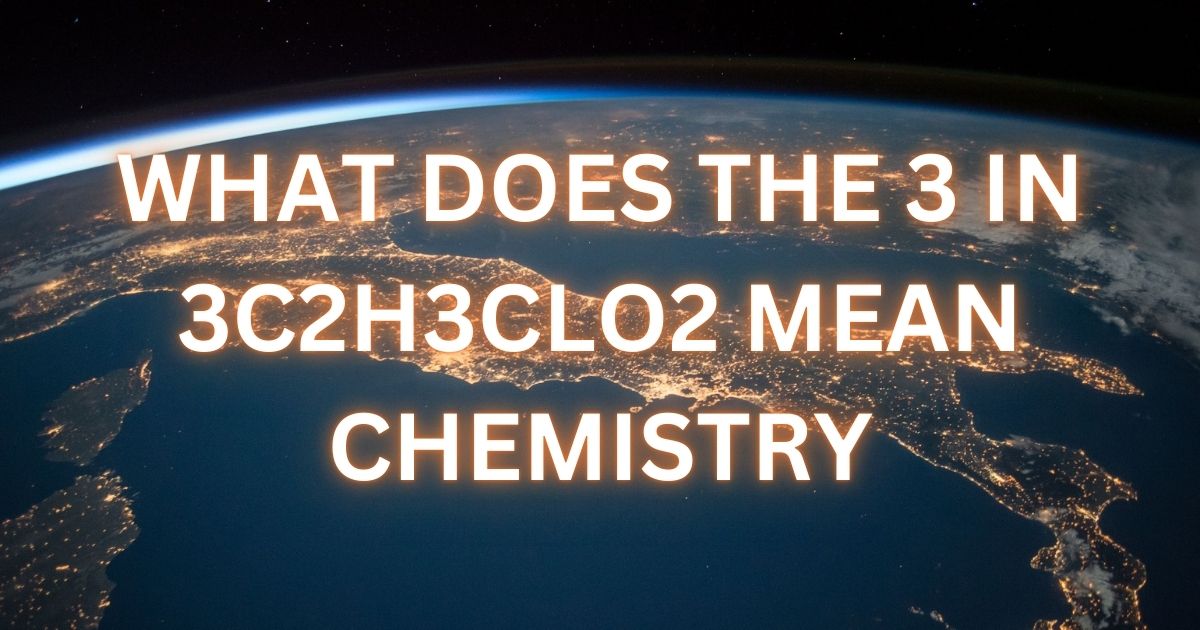In chemistry, the “3” in 3C2H3ClO2 is a coefficient that indicates the number of molecules or moles of the compound C2H3ClO2, which is chloroacetic acid. Coefficients are used in chemical equations to balance reactions, ensuring that the number of atoms for each element is the same on both sides of the equation.
Example:
In a chemical reaction:
3C2H3ClO2+2NaOH→C2H3NaO2+2H2O3C2H3ClO2 + 2NaOH → C2H3NaO2 + 2H2O
- The “3” signifies that 3 moles or 3 molecules of C2H3ClO2 are involved in the reaction.
- This ensures the reaction complies with the law of conservation of mass, meaning matter cannot be created or destroyed.
Importance of Coefficients:
- Quantification: Coefficients specify the proportion of reactants and products in a reaction.
- Stoichiometry: They help calculate the amounts of substances needed or produced.
- Balancing Equations: Coefficients are adjusted to balance chemical equations accurately.
Chemical Context:
In C2H3ClO2, the compound contains:
- 2 Carbon atoms (C)
- 3 Hydrogen atoms (H)
- 1 Chlorine atom (Cl)
- 2 Oxygen atoms (O)
The coefficient “3” simply means this molecular composition is repeated three times in the reaction.




Post Comment